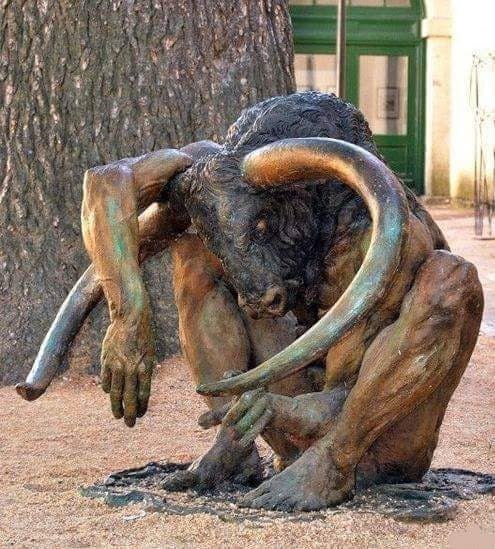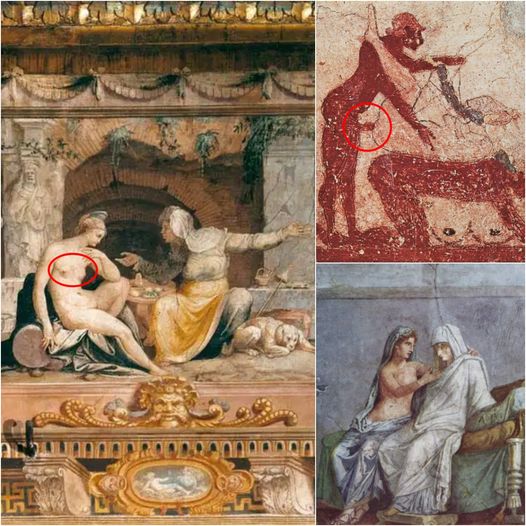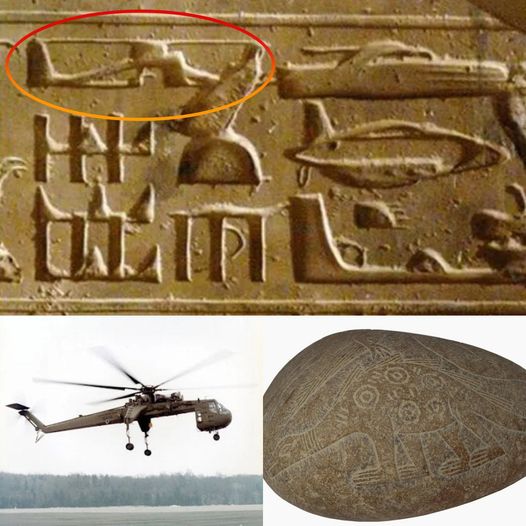In the charming town of Todi, Italy, amidst its winding streets and historic architecture, stands a testament to the bold and uncompromising style of Brutalist design. A concrete bench, unassuming yet striking in its simplicity, embodies the essence of Brutalism at its best. As we delve into the story behind this architectural marvel, we uncover the enduring allure of Brutalism and its impact on the urban landscape.

A Monument to Brutalism: The concrete bench in Todi is a prime example of Brutalist design—a movement characterized by its use of raw concrete, geometric forms, and minimalist aesthetic. Situated against the backdrop of Todi's medieval buildings, the bench stands out as a bold statement of modernity and innovation. Its clean lines and sturdy construction reflect the Brutalist ethos of functionality and honesty in materials. Despite its utilitarian purpose, the bench exudes a sense of architectural elegance, inviting passersby to pause and contemplate amidst the hustle and bustle of the town.

Embracing the Aesthetic: Brutalist design has often been a subject of debate, with critics decrying its stark appearance and perceived lack of warmth. However, proponents of Brutalism argue that its uncompromising aesthetic celebrates the inherent beauty of raw materials and structural form. In Todi, the concrete bench serves as a beacon of Brutalist principles, challenging conventional notions of beauty and inviting viewers to appreciate the interplay of light and shadow on its textured surface. Far from being cold and uninviting, the bench beckons visitors to take a seat and immerse themselves in its understated elegance.

Contextual Harmony: What sets the concrete bench in Todi apart is its seamless integration into the surrounding urban fabric. Despite its modernist design, the bench complements rather than clashes with the historic architecture of the town. Its neutral palette and minimalist form serve to enhance the visual appeal of its surroundings, creating a harmonious dialogue between past and present. As visitors stroll through the streets of Todi, they are greeted by the juxtaposition of ancient stone and contemporary concrete—a testament to the enduring power of architectural juxtaposition.
Archaeological Reflections: In a town steeped in history like Todi, the presence of modernist design elements serves as a reminder of the ever-evolving nature of urban landscapes. While ancient ruins and medieval buildings may dominate the archaeological narrative, structures like the concrete bench offer insights into more recent chapters of Todi's history. Just as archaeologists excavate layers of the past to uncover hidden treasures, so too do urban explorers uncover layers of architectural history in cities like Todi. Through careful preservation and appreciation of both ancient and modern design, we ensure that the story of Todi continues to captivate and inspire future generations.
Conclusion: The concrete bench in Todi stands as a beacon of Brutalist design, celebrating the beauty of raw materials and minimalist form. In a town steeped in history and tradition, the bench offers a refreshing contrast to its medieval surroundings, inviting viewers to appreciate the interplay of old and new. As we reflect on the enduring allure of Brutalism and its impact on the urban landscape, we are reminded of the power of architecture to provoke thought and inspire creativity. In Todi, the concrete bench serves as a reminder that beauty can be found in the most unexpected places, challenging us to see the world through a fresh lens.










